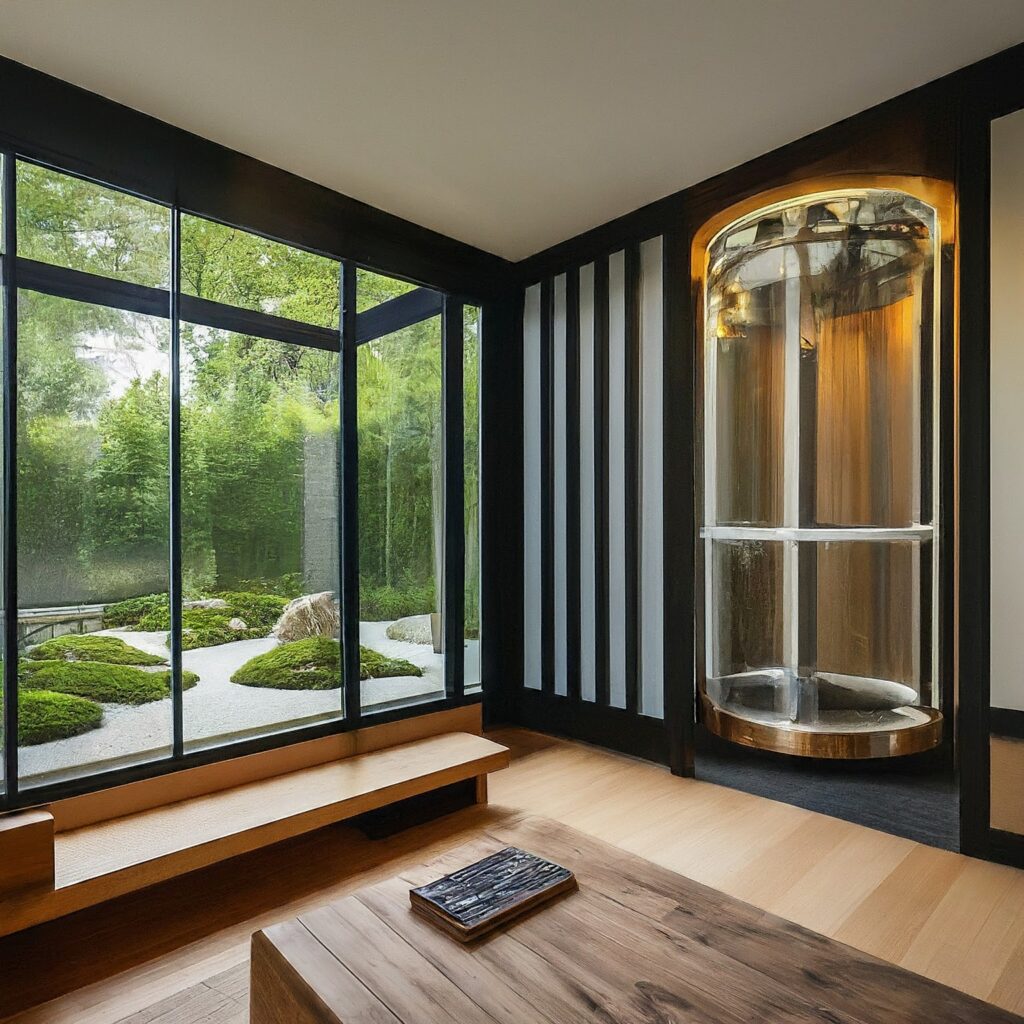Adding a home elevator can transform your living space by enhancing accessibility, increasing home value, and even adding a touch of luxury. But with numerous options available, choosing the right one can feel like navigating a high-rise maze. Fear not! This guide explores the top home elevator types for 2024, offering detailed introductions to each, along with their pros, cons, and suitability for different needs.
Key Considerations Before You Ascend:
- Number of floors served: How many levels do you need the elevator to access?
- Space availability: Do you have room for a dedicated machine room or shaft?
- Budget: Costs vary depending on type, features, and installation complexity.
- Aesthetics: Consider styles that complement your home’s design.
Now, let’s start on our detailed elevator journey:
1. Traction (MRL) Elevators:

Imagine a smooth, quiet ride up your personal high-rise. Traction elevators, also known as machine room-less (MRL), deliver just that. Their secret lies in steel ropes or belts that glide over a grooved pulley, powered by a motor tucked neatly above the elevator cab. This eliminates the need for a separate machine room, saving space within your home.
Pros:
- Space-efficient: No dedicated machine room required.
- Smooth ride: Offers a comfortable and quiet passenger experience.
- Good energy efficiency: Uses a counterweight system to balance passenger weight, reducing energy consumption.
Cons:
- Requires pit and shaft: Needs a designated space for the elevator shaft and a small pit below the ground floor.
- Higher maintenance costs: Accessing the motor above the cab can be more labor-intensive for technicians, potentially increasing maintenance costs.
Ideal for: Homes with moderate space availability and multiple floors who prioritize a smooth and quiet ride.
2. Chain-Driven Elevators:

Think of chain-driven elevators as the cost-effective cousins of traction elevators. They share the same basic technology, using a counterweight system and motor to raise and lower the cab, but replace steel ropes with chains. Like traction elevators, they don’t require a separate machine room.
Pros:
- No machine room needed: Saves space and simplifies installation.
- Cost-effective: Generally cheaper than traction elevators, especially for smaller homes.
Cons:
- Less smooth ride: The chain mechanism can create a slightly less smooth ride compared to traction elevators.
- Potentially higher maintenance costs: Similar to traction elevators, accessing the motor above the cab can be more expensive for technicians.
Ideal for: Budget-conscious homeowners with two or three floors who prioritize affordability over ultimate ride smoothness.
3. Cable-Driven Elevators:

For those seeking flexibility in installation and weight capacity, cable-driven elevators might be the answer. These workhorses use steel cables wound around drums to move the cab. The motor and drum assembly can be located in a separate machine room or integrated into the hoistway, offering versatility in placement.
Pros:
- Flexible installation options: Separate machine room allows for more placement options compared to MRL elevators.
- Good weight capacity: Can handle heavier loads than some other home elevator types.
Cons:
- Basic models have less smooth ride: Some basic cable-driven elevators might offer a less smooth ride compared to traction or hydraulic models.
- Noise concerns: Depending on the model and placement, noise from the motor and cables might be a factor.
Ideal for: Homes with complex layouts, specific weight requirements, or where separate machine room placement is feasible.
4. Hydraulic Elevators:

If peace and quiet are paramount, hydraulic elevators might be your sound haven. These elevators utilize a hydraulic pump and fluid-filled piston to move the cab, offering a smooth and silent ride. However, they typically require a separate machine room to house the pump and control system.
Pros:
- Quiet operation: Ideal for noise-sensitive environments.
- High weight capacity: Can handle heavier loads than most other home elevator types.
- Fits lower ceilings: Requires less headroom compared to some other elevator types.
Cons:
- Requires separate machine room: Needs dedicated space for the pump and control system.
- Potential leak risks: Hydraulic fluid leaks, although rare, can occur, requiring immediate attention.
Ideal for: Homes with frequent use, high passenger weight needs, or those prioritizing a quiet operation and lower ceiling compatibility.
5. Pneumatic Elevators:

Embrace sustainability and space-saving ingenuity with pneumatic elevators. These unique solutions use a vacuum system housed in a tube to “suck” the elevator cab up and down, eliminating the need for a machine room, eliminating the need for a machine room, pit, or shaft. This makes them ideal for retrofitting existing homes or maximizing space in new builds. Plus, they boast energy efficiency and a unique panoramic view due to the transparent tube design.
Pros:
- Energy-efficient: Uses less energy than traditional home elevators.
- No shaft or pit needed: Saves space and simplifies installation, especially in existing homes.
- Easy power-outage descent: Gravity allows for manual lowering of the cab in case of power loss.
Cons:
- Higher cost: Generally more expensive than other home elevator types.
- Limited travel distance: Typically restricted to two or three floors due to the vacuum technology.
- Slightly noisy drive: The vacuum system can generate more noise than some other elevator types.
Ideal for: Eco-conscious homeowners with limited space and two or three floors who prioritize sustainability and a unique design.
6. Shaftless Elevators:

Think accessibility meets compact convenience with shaftless elevators. These space-saving wonders, averaging around 12 square feet, utilize winding drum technology and fit seamlessly into tight spaces. Some models even come in hydraulic versions. Their biggest perk? Retrofitting them into existing homes is a breeze compared to other options.
Pros:
- Easy retrofitting: Ideal for adding accessibility to existing homes with limited space.
- Compact size: Requires minimal space compared to other elevator types.
- No shaft required: Eliminates the need for constructing a dedicated elevator shaft.
Cons:
- Limited to two floors: Can only access two levels due to their compact design.
- Push-and-hold operation: Requires holding the button continuously to travel between floors.
Ideal for: Adding accessibility to existing homes with tight spaces or wanting a space-efficient solution for two-story needs.
Remember: This is just a starting point. Consult with professional elevator companies to assess your specific needs and explore customization options. With the right choice, your new home elevator will add a touch of luxury, convenience, and value to your life, taking you to new heights of comfort and accessibility.
Bonus Tip: Consider future needs when choosing your elevator. If you anticipate expanding your home or requiring wider access later, opting for a system with future expansion potential might be wise.
FAQs:
Q: How much does a home elevator cost?
A: The cost varies depending on the type of elevator, size, features, and installation complexity. Generally, expect to spend between $20,000 and $50,000 for a basic home elevator installation.
Q: What permits are needed to install a home elevator?
A: Permit requirements vary by location. Always check with your local building department to determine the necessary permits for your specific situation.
Q: How long does it take to install a home elevator?
A: Installation time depends on the type of elevator and complexity of the project. Typically, it takes between two and four weeks for a standard home elevator installation.
Q: How much maintenance does a home elevator require?
A: Regular maintenance is crucial for the safe and smooth operation of your home elevator. The frequency and cost of maintenance vary by type, but expect annual inspections and potential component replacements based on usage.
Q: Can I add an elevator to an existing home?
A: Yes, many elevator types can be retrofitted into existing homes. Consult with a professional to assess your specific home and discuss feasibility.
Why PVE Home Elevators May Be the Perfect Fit for Your Home in 2024
While the previous overview presented various home elevator options, it’s important to consider specific brands and their unique offerings. When it comes to space-saving innovation, PVE home elevators deserve a closer look. Let’s delve into why they might be the best fit for your home in 2024:
Space-Saving Champions:
- No Shaft or Pit Needed: Traditional home elevators often require dedicated structures like shafts and pits, eating up valuable space. PVE’s unique vacuum technology eliminates this need, making them ideal for retrofitting existing homes or maximizing space in new builds.
- Compact Design: Their sleek, self-contained units typically occupy around 12 square feet, minimizing their footprint within your home.
Innovation Meets Sustainability:
- Energy-Efficient Technology: PVE elevators utilize a vacuum system, consuming significantly less energy than traditional cable or traction-based models. This aligns with environmentally conscious homeowners’ choices.
- Unique Panoramic View: The transparent tube design offers an unparalleled panoramic view, adding a touch of luxury and enhancing the overall experience.
Safety and Convenience:
- Smooth and Quiet Ride: PVE elevators are renowned for their smooth and quiet operation, contributing to a pleasant and comfortable experience for all passengers.
- Power Outage Descent: In case of a power outage, the user can safely lower the elevator to the ground floor using gravity, adding peace of mind.
Additional PVE Advantages:
- Customization Options: PVE offers a range of design options to complement your home’s décor and personal preferences.
- Quick Installation: Compared to traditional elevators, PVE units can be installed in as little as two to three days, minimizing disruption to your daily routine.
- Accessibility Solutions: They cater to various accessibility needs, including wheelchair-accessible models.
However, it’s crucial to be objective and consider potential drawbacks as well:
- Limited Travel Distance: Currently, PVE elevators are limited to serving up to three floors due to the vacuum technology.
- Higher Initial Cost: Compared to some traditional elevator types, PVE elevators might have a higher initial cost.
Ultimately, the “best” option depends on your specific needs and priorities. PVE home elevators shine in space-constrained environments, prioritize sustainability, and value a unique design and smooth ride. If these align with your vision, PVE is definitely worth exploring further. Remember, consulting with professional elevator companies, including PVE, is crucial to compare options, discuss customization possibilities, and receive accurate quotes tailored to your home and needs.
Happy elevating!








